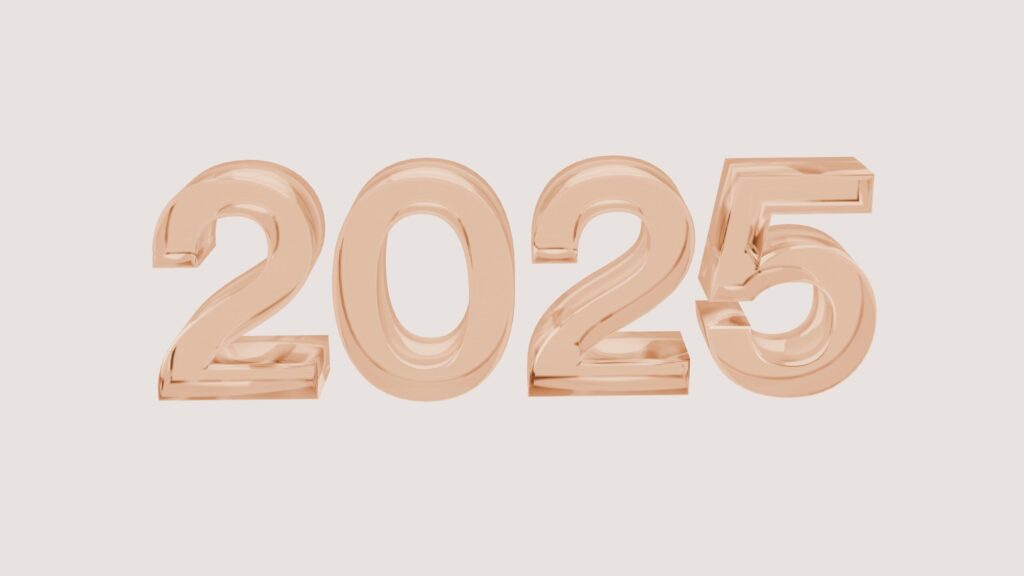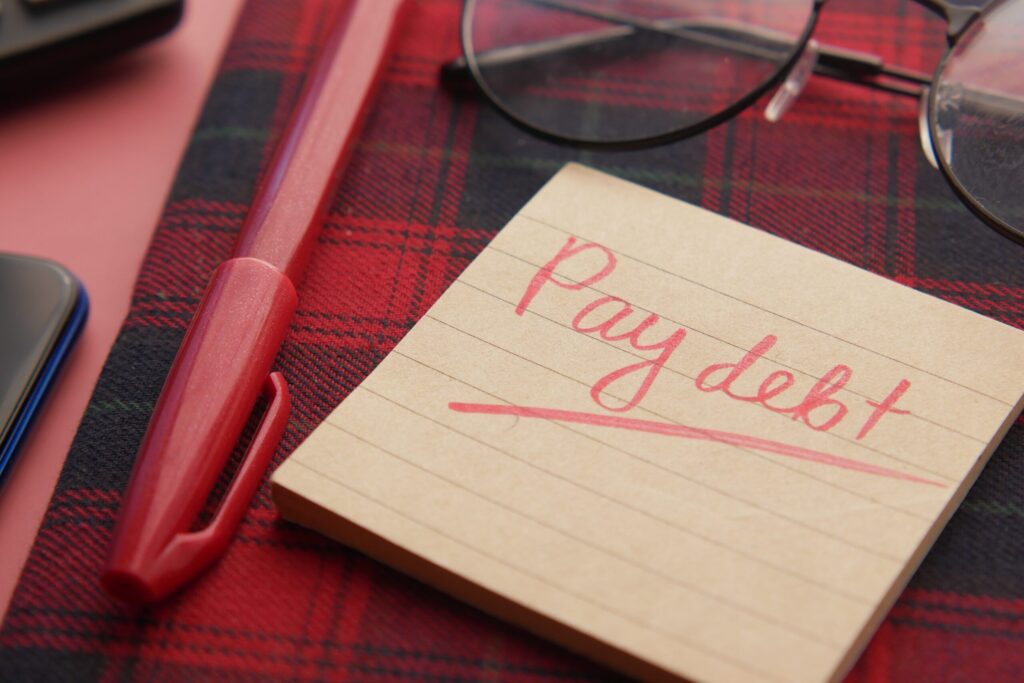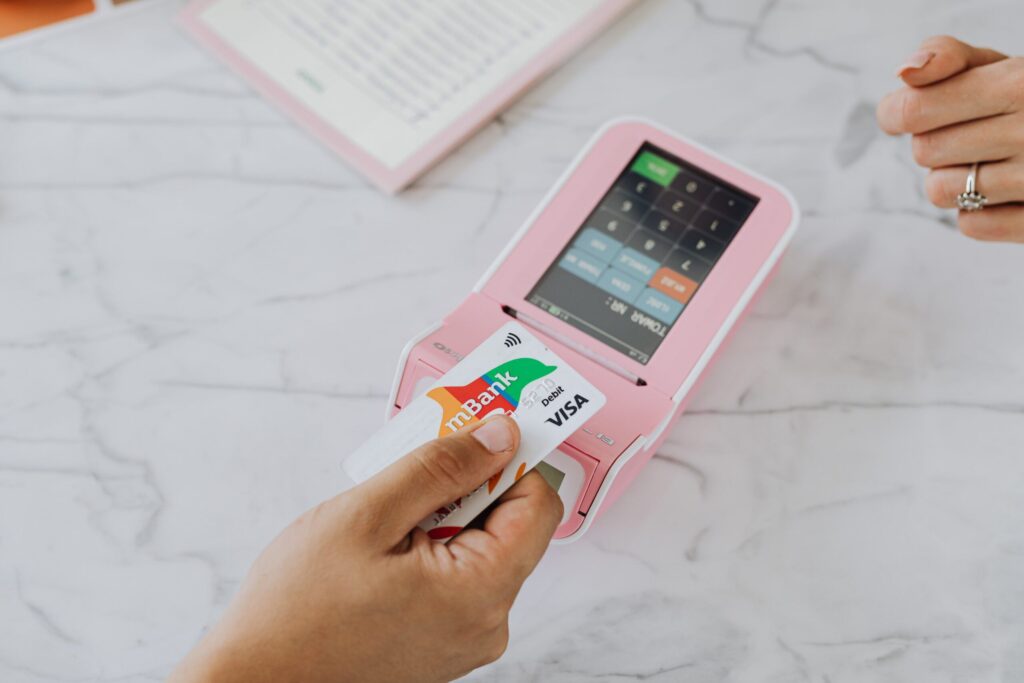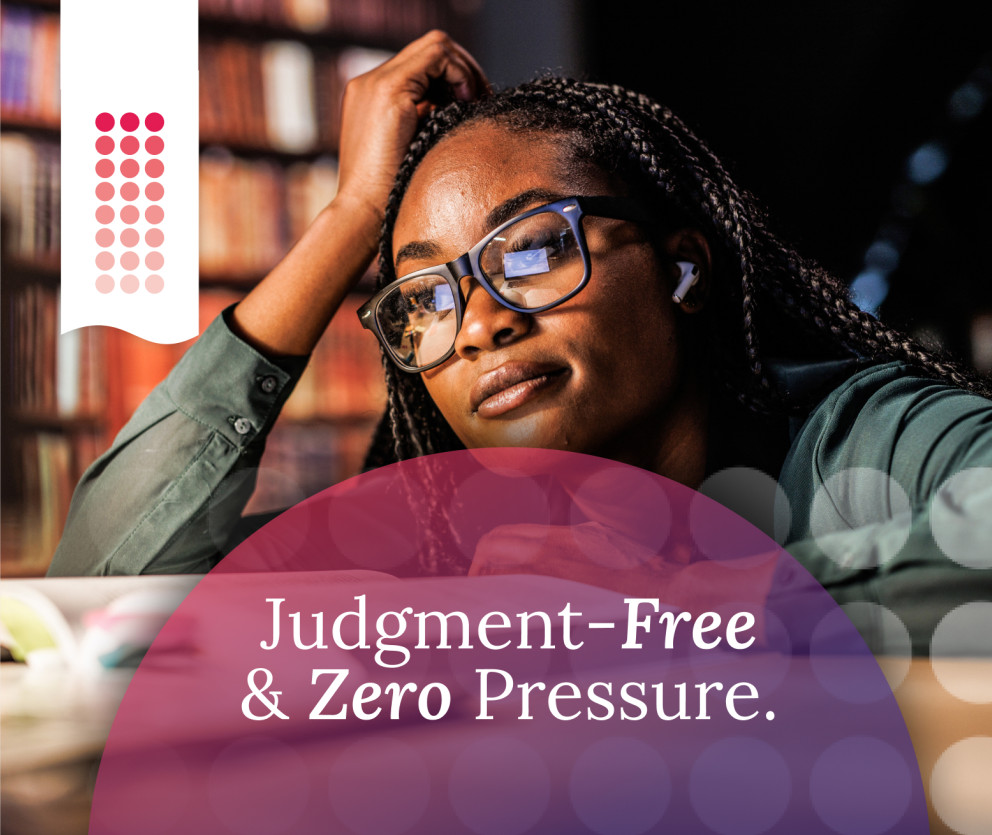In a world where financial challenges and bills become a part of daily reality, it is unsurprising that many individuals find themselves trapped in a relentless cycle of debt. Coupled with a rising cost of living and increasing interest rates, life is becoming increasingly expensive. Whether you owe credit card debt, student loan debt, or are facing unexpected medical bills, the burden of unmanageable debt can quickly become overwhelming. The good news is that no matter how bad you might feel your financial situation is, there is a solution to fix it. At Spergel, we have been helping Canadians to gain debt relief for over thirty years, and we’ve seen it all. Breaking free from the debt trap is not only feasible, but important in order to achieve financial wellbeing. In this article, we explore the causes of the debt trap, and offer practical strategies for escaping its clutches for good.
What is the debt trap?
The debt trap is a cycle where individuals who are burdened by high interest debts find it challenging to make payments. This in turn leads to more debt in order to try and repay the original debt, and an endless cycle of financial stress. There are a number of reasons for getting into the debt trap, including the following:
- Living beyond your means
- Unexpected emergencies
- Relying on credit cards for everyday expenses
- High costs of higher education leading to large amounts of student loan debt
How to break free from the debt trap
Breaking the debt cycle requires strategy and commitment that addresses the root causes for finding yourself in the debt cycle in the first place. Here are some of the best steps to take to do so:
Track your spending
The first step is to understand where your money is actually going. By recording and tracking your daily spending, you can quickly understand the proportion of your income that goes towards essentials, desirable purchases, and unnecessary spending.
Create a realistic budget
The next step in escaping the debt trap is to begin planning out your finances. Create a realistic budget that outlines your income, essential expenses, and any other spending. This will help you to identify areas where you can cut back and allocate more funds towards debt repayment.
Prioritize high interest debt
Not all debts are created equal. High-interest debts, such as credit card debts, can quickly accumulate and become a significant financial burden. It is a good idea to prioritize paying off these high-interest debts first, as the interest charges can keep you trapped in a cycle of ever-increasing balances. The method of paying off your debts with the highest interest rates first is known as the debt avalanche method.
Negotiate with your creditors
If you find yourself struggling to make payments, do not hesitate to reach out to your creditors. If you communicate with them as soon as you think you might struggle to make your repayment on time, you might find that many lenders are willing to work with you to create a more manageable repayment plan. After all, it is in their interest to do what they can to receive as much money back as quickly as possible. They might be willing to negotiate lower interest rates or allow extended payment terms to alleviate the immediate financial challenges you are facing.
Take out a debt consolidation loan
In order to try and break the debt trap, you might consider consolidating your high-interest debts into a single, lower-interest loan. This is known as a debt consolidation loan, and it can simplify your payments and often reduce the overall interest you pay, making it easier to make progress towards becoming debt-free.
Speak to a Licensed Insolvency Trustee
Often, if you are facing financial challenges and do not really know what to do next, it is best to seek qualified support. Licensed Insolvency Trustees are the only professionals in Canada legally able to file all forms of debt relief, making them well placed to review your financial circumstances and offer advice. They can even negotiate with creditors on your behalf, and help you to create a pathway to financial freedom. At Spergel, unlike other bankruptcy firms, you are assigned your very own Licensed Insolvency Trustee from the beginning of your journey right through to the end, instead of being passed from person to person.
Cultivate financial discipline
Breaking free from the debt trap requires a commitment to financial discipline. Avoid accumulating new debts, make timely payments, and resist the temptation to overspend. At Spergel, we can help you to cultivate a mindset focused on long-term financial health rather than short-term gratification through a series of money management and credit counselling training. We can also help you to rebuild your credit score.
Here’s how we helped a recent client:
“I felt a lot of shame doing a debt proposal, however, it was this or bankruptcy. The consultants at Spergel helped me to feel proud that I was taking control and tackling my situation. One year into the consumer proposal, I have made progress, kept up with my payments, and am able to have a small savings for emergencies. The stress I felt daily is gone and it’s been life changing. Very friendly staff, with great tips and advice for rebuilding credit and moving forward. My Spergel consultant spoke to me as a friend and I appreciate that!”
Christine Harrison, 5* Google review (October 2023)
Build an emergency fund
Building an emergency fund is a crucial step in preventing future reliance on credit. Having a financial cushion can help you to cover unexpected expenses without resorting to borrowing. Aim for three to six months’ worth of living expenses in your emergency fund.
What does the average Canadian owe in debt?
According to an Equifax report, Canadian consumer debt has risen to $2.4 trillion, which means the average Canadian has a debt load of approximately $21,131 excluding mortgage debt. Canadians are also using credit cards more, as there was a 9% increase in credit balances in June 2023, compared to the same time last year. It is important to note that this figure can vary based on different factors, including regional economic conditions, interest rates, and individual financial habits. How do you compare? Check out our article on the average Canadian debt by age.
Escaping the debt trap is a journey that requires commitment, discipline, and strategic planning. By taking control of your finances, prioritizing debt repayment, and adopting healthy financial habits, you can break free from the cycle of debt and pave the way for a more secure and prosperous future. To begin your pathway to breaking free from the debt trap and on the journey to debt relief, book a free consultation with an experienced Licensed Insolvency Trustee at Spergel today.



















